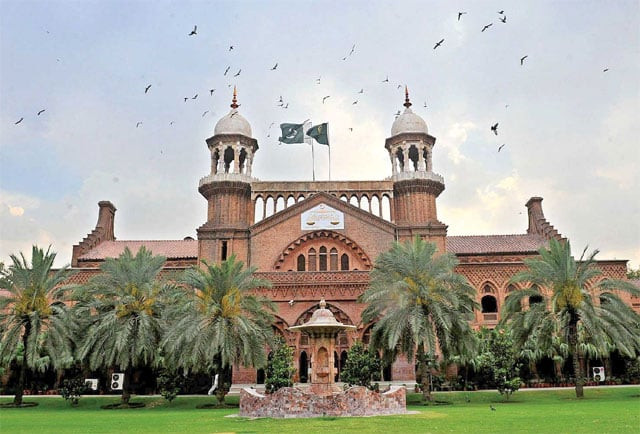LHC denies bail in rape case with ‘nikahnama’ twist
Court observes glaring gap in child marriage legislation

Justice Anwaarul Haq Pannun of Lahore High Court (LHC) has rejected the bail plea of an accused in a case involving the alleged rape of a schoolgirl.
The accused, Shahid Imran, along with a co-accused, stands accused of abducting Alina Kiran and committing rape. It has come to light that the accused subsequently attempted to legitimise the crime by orchestrating a "nikahnama" (marriage contract) with the victim.
Expressing dismay, Justice Pannun criticised the lack of concrete measures to deter child marriage and address disagreements among different Muslim sects regarding the age of majority for minors.
He highlighted that despite the existence of "The Child Marriage Restraint Act 1929," sections 4 to 6 of which specifically restrict child marriages, the practice continues unabated. The act outlines that a female must be at least 16 years of age to enter into a marriage contract.
In this case, Alina Kiran's age, as determined by a medico-legal certificate, was stated to be 13/14 years at the time of the incident.
The accused's claimed marriage to the victim, which was disputed by Alina Kiran, appeared to be an attempt to evade punishment, contrary to the provisions of the Act of 1929.
Justice Pannun highlighted the tendency of Investigation Officers (IOs) to overlook the investigation of a victim's age in abduction and marriage cases. He emphasised that state officials and authorities often exhibit negligence and misconduct in these cases, allowing offenders to evade justice.
Furthermore, Justice Pannun pointed out that due to the diversity of Muslim sects in Pakistan and their differing perspectives on the age of majority, substantial and comprehensive legislation addressing child marriage has been challenging to enact. He noted that even after the enforcement of the Act of 1991, significant divisions among sects have hindered the creation of effective legislation.
Published in The Express Tribune, August 20th, 2023.



















COMMENTS
Comments are moderated and generally will be posted if they are on-topic and not abusive.
For more information, please see our Comments FAQ